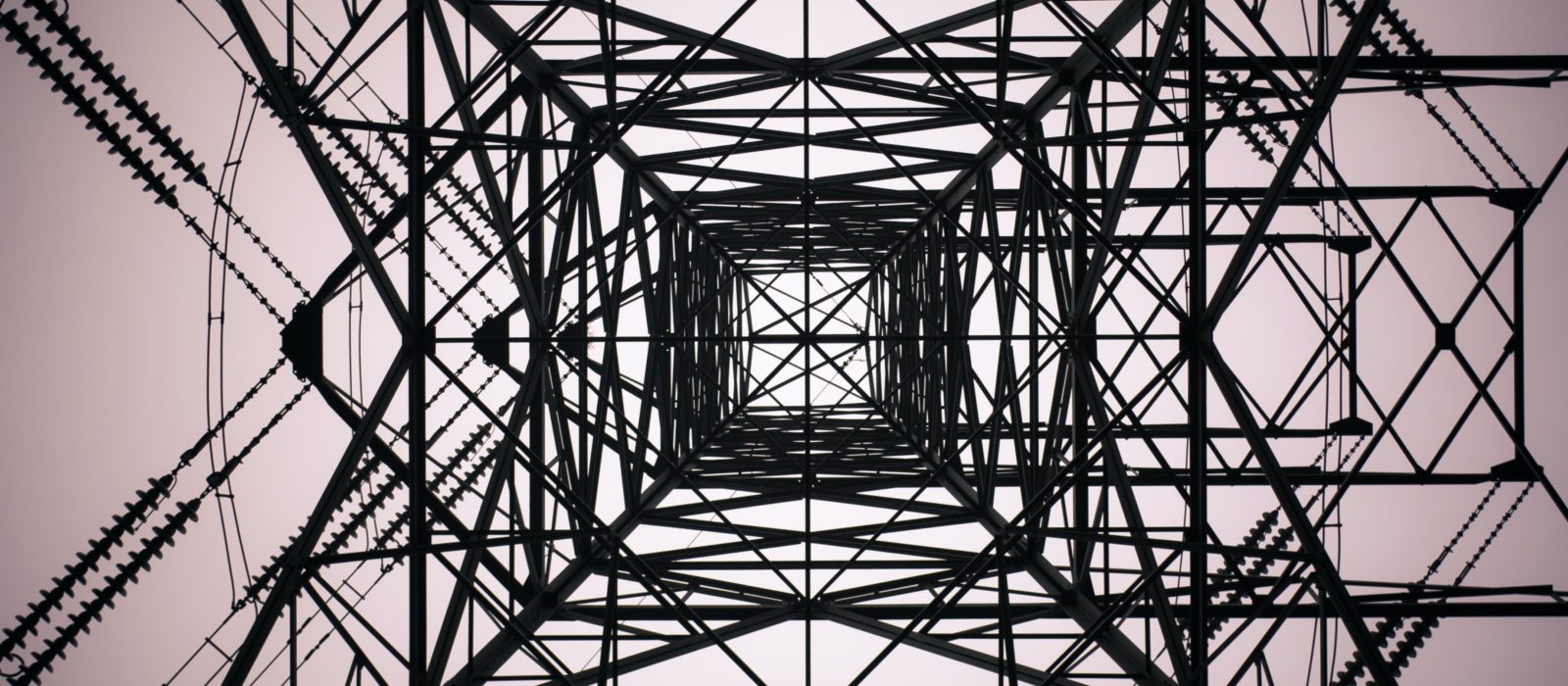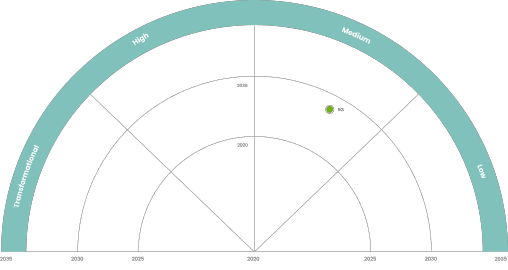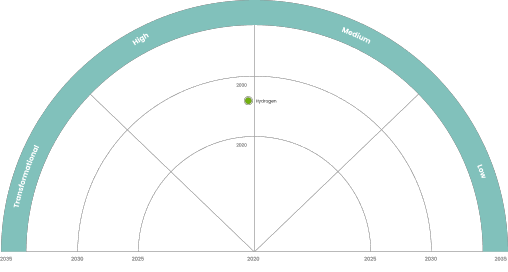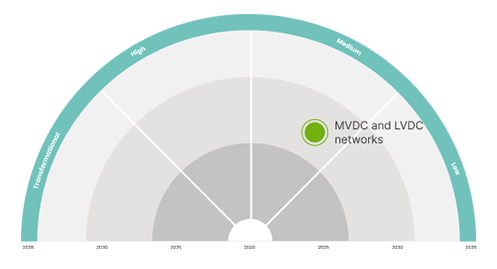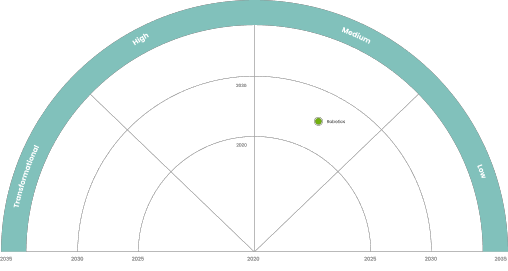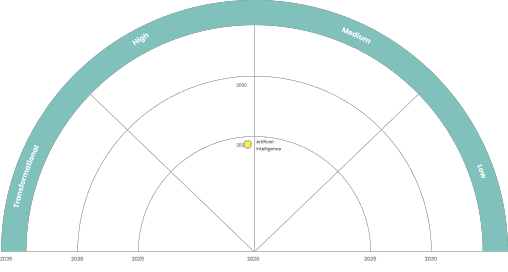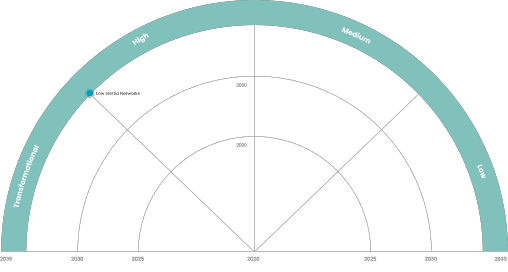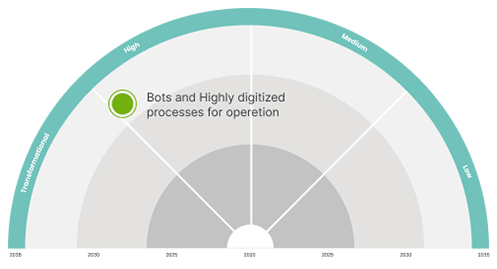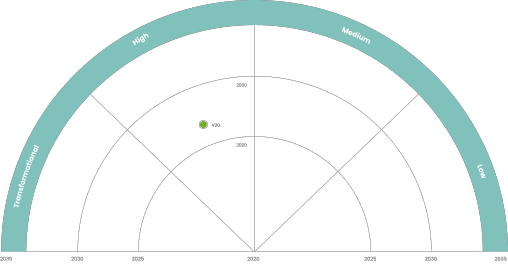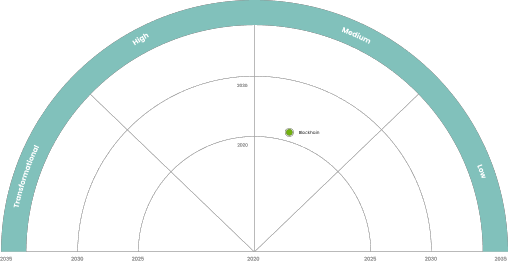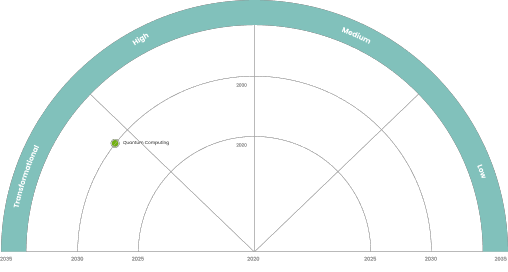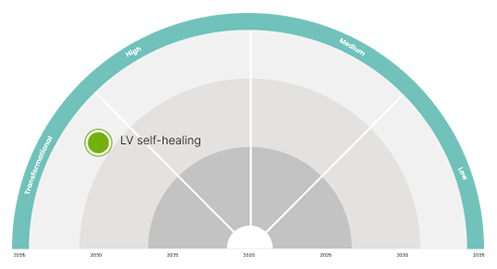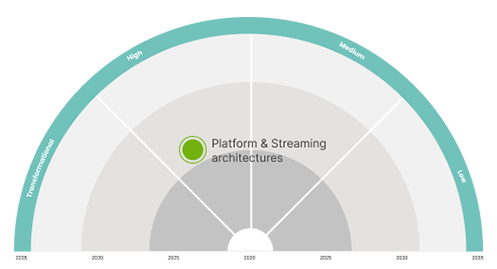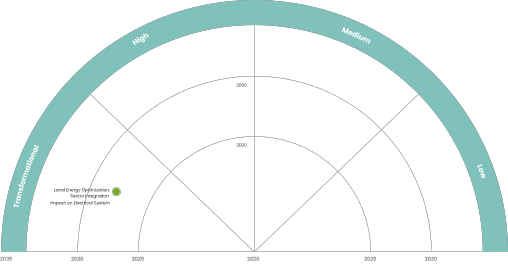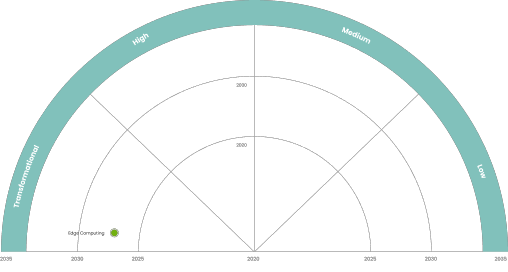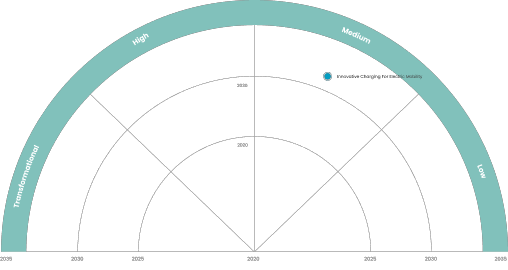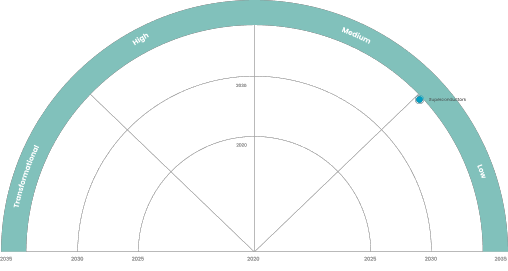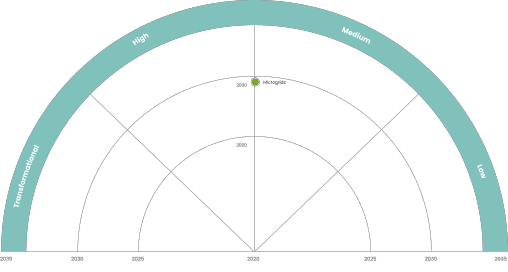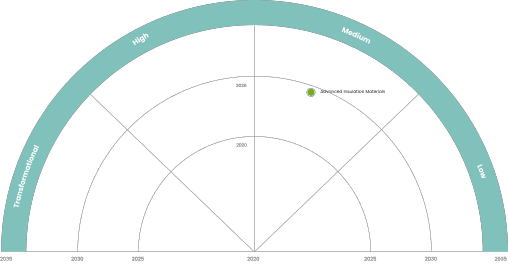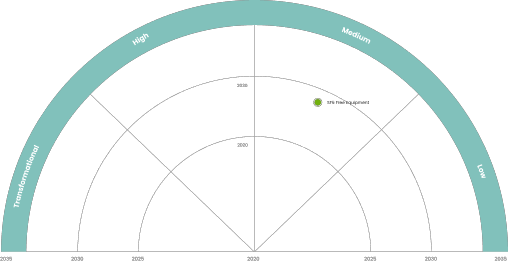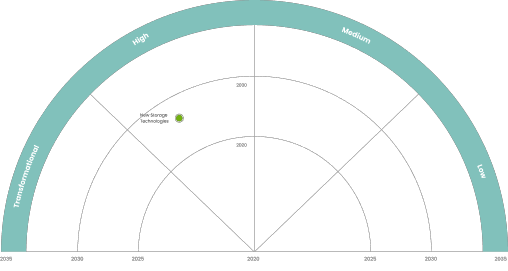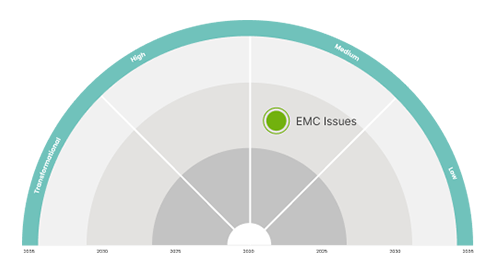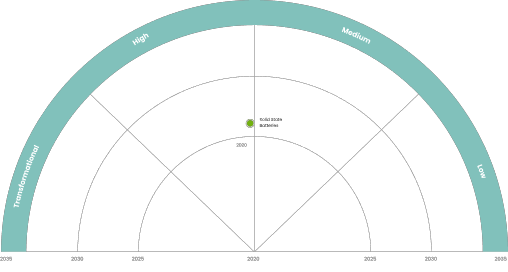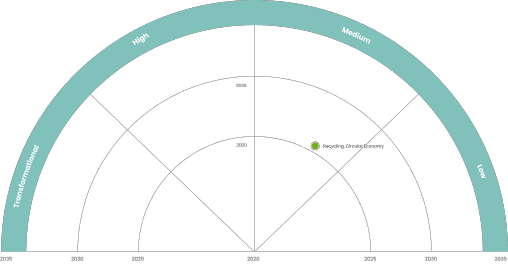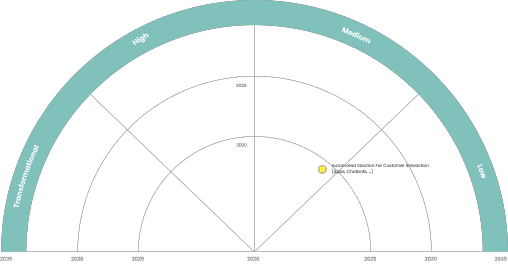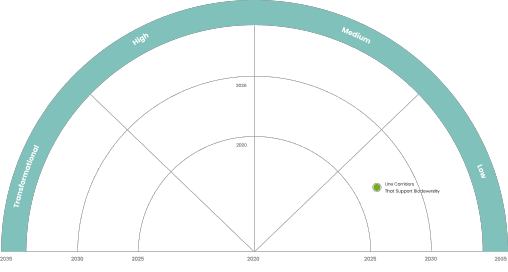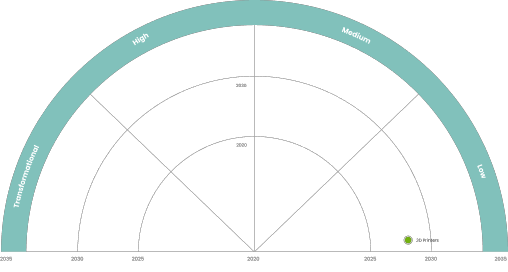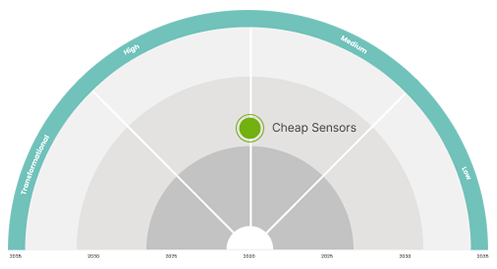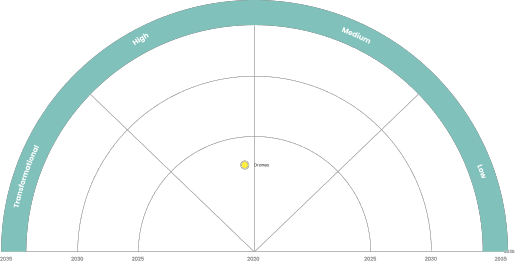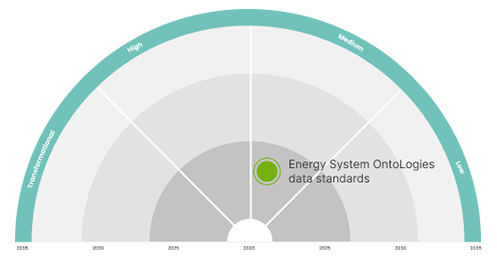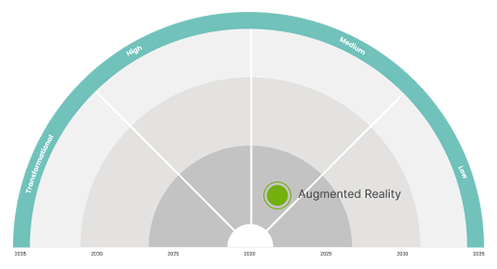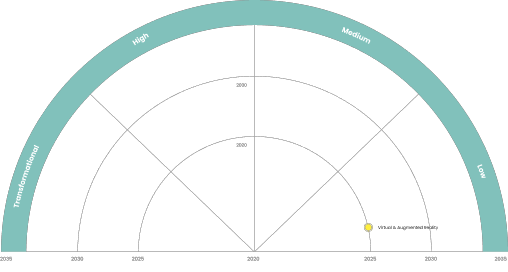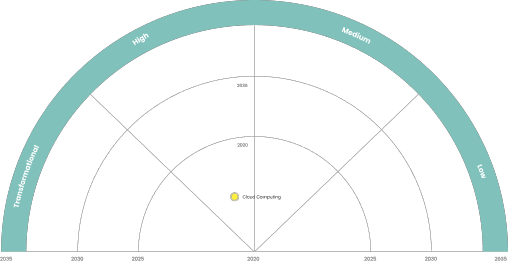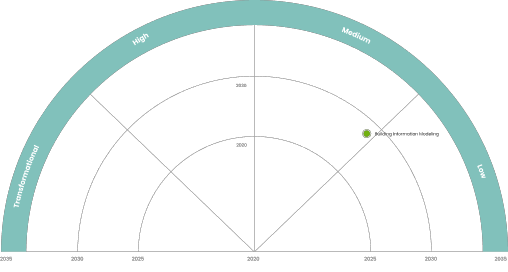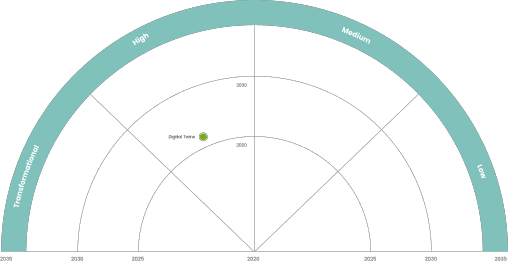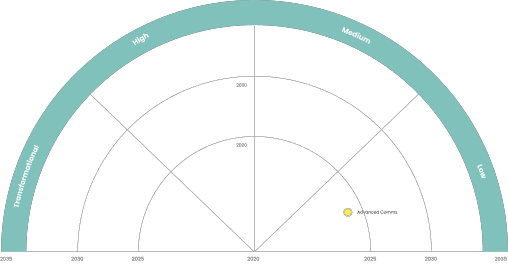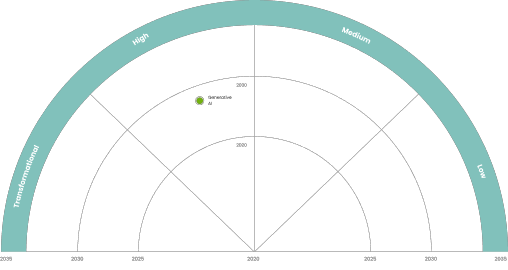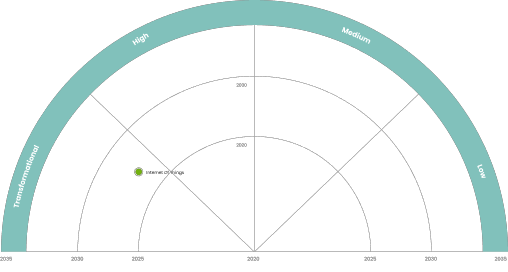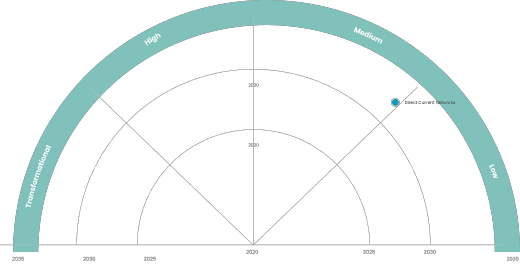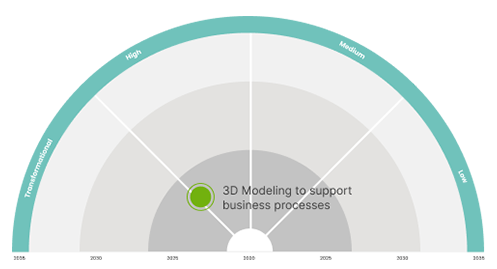Distribution system operators (DSOs) are the operating managers (and sometimes owners) of energy distribution networks, operating at low, medium and, in some member states, high voltage levels (LV, MV). Transmission grids transport large quantities of high (and extreme high) voltage (HV, EHV) electricity across vast distances, often from large power plants to the outskirts of large cities or industrial zones, where it is transformed into lower voltages distributed to all end-users through the distribution network. Over-head and underground cables leading to your home or business are operated by DSOs.
Traditionally, energy systems from power generation to homes are one-directional and based on more predictable, controllable and centralised power generation.
Increasingly, more energy is being generated locally and connected directly to distribution networks, from solar panels on your roof, to small power plants. This is generally referred to by DSOs as distributed energy resources (DER) and in the specific case of renewables, distributed renewable energy sources (DRES).
EU policy driving the need for smart grids
Since 2007, the European Union has committed to reaching the so-called 20-20-20 targets. By 2020, the EU will reduce its greenhouse gas emissions by 20% compared to 1990 levels, produce 20% of the energy consumed from renewable energy sources (RES), and will have consumed 20% less energy. Beyond 2020, the EU expects to cut its greenhouse gas emissions by 85-90% by 2050 and plans to set intermediate targets for 2030.
For such objectives to be achieved, an ever increasing share of RES is being connected to our electricity networks. Electricity generated from renewable sources is predominantly variable in nature (wind and solar) and is connected to distribution networks, making the DSO’s core mission of providing a secure electricity supply and quality of service increasingly challenging.
To add to the changing nature of the energy supply are new forms of energy demand, such as electric vehicles (EV).
The changing energy scenario in Europe requires a dramatic re-thinking of how to keep the lights on while both making the best use of new energy sources and keeping infrastructure costs down. Instead of only extending / reinforcing physical infrastructure, which is extremely costly and disruptive to local communities, complementary IT solutions are being introduced, adding communication, sensors and automation allowing DSOs to actively manage the varying generation and demand. This combination of solutions is what is commonly referred to as a smart grid.
The core responsibilities of DSOs, security of supply and quality of service, remain the same, but to continue to ensure these, DSOs are having to evolve, becoming increasingly active network managers. For this, DSOs need a larger toolbox and adapted legislative and regulatory frameworks.
Smart grids are still in their infancy but will be key-enablers of other technological developments. These and other relatively new technologies, such as smart metering and energy storage, are being tested on a large scale and in real-life scenarios and have, in some EU member states, even been deployed.
More information on the EU smart grid related policy can be found on E.DSO’s Policy page.
